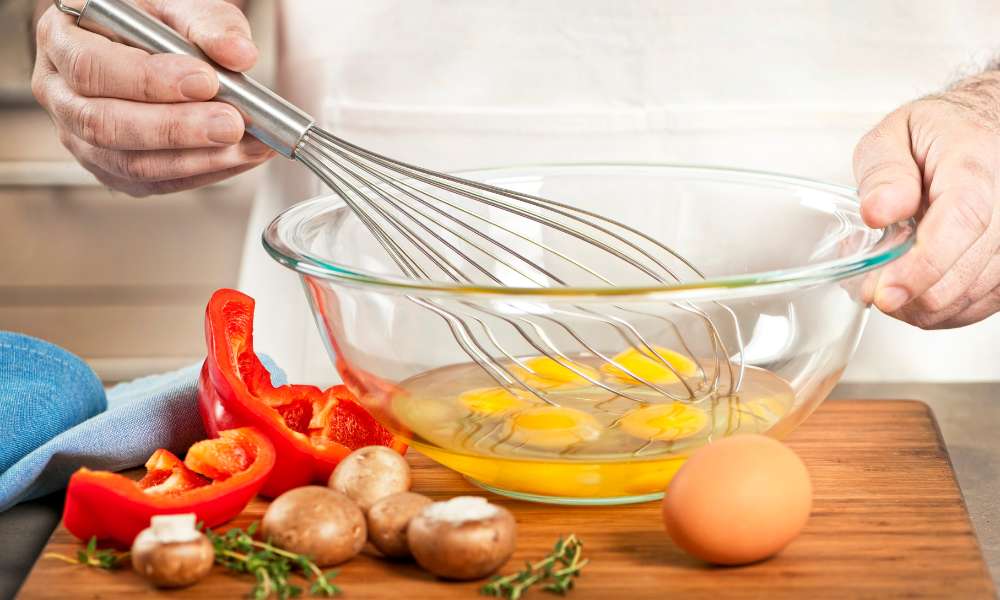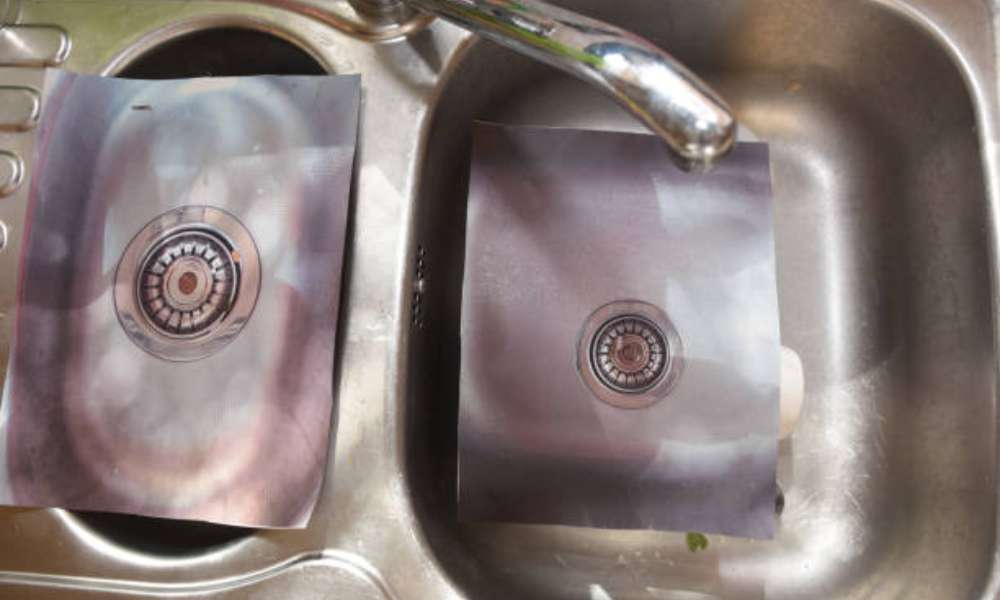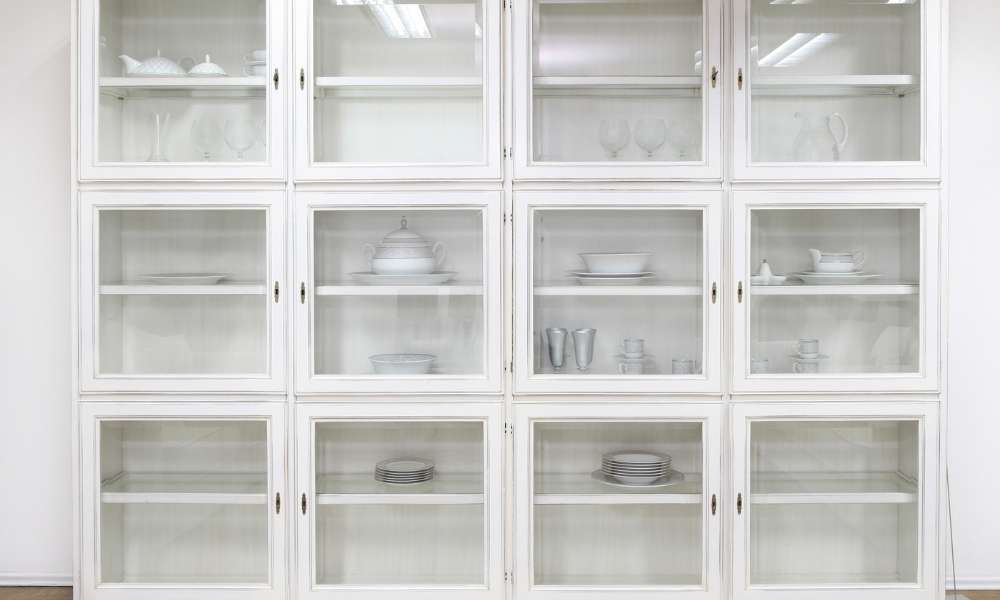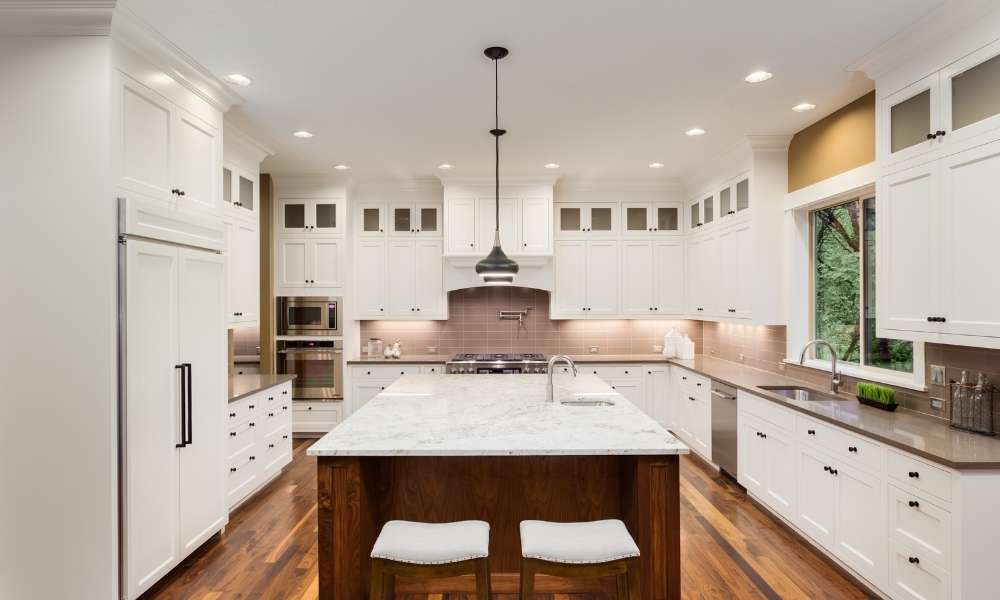Mixing bowls are essential kitchen tools that serve various purposes, from basic food preparation to more specialized culinary tasks. Available in multiple materials, including stainless steel, glass, ceramic, and plastic, each type of mixing bowl caters to different needs and preferences. They are designed not just to hold ingredients but to facilitate a range of cooking and baking techniques effectively. Whether you’re whipping up a simple vinaigrette, kneading dough for bread, or melting chocolate for a dessert, the right mixing bowl can make the process more efficient and enjoyable. This article will explore the multifaceted uses of mixing bowls, shedding light on why they are a cornerstone of both amateur and professional kitchens.
1. Common Materials and Features
Mixing bowls come in a variety of materials, each with its own set of features that cater to different kitchen needs. Stainless steel bowls are prized for their durability and resistance to rust, making them a long-lasting choice for any cooking environment. Glass bowls, on the other hand, are favored for their non-reactive properties, ensuring that they don’t impart any flavors onto the food and are perfect for acidic ingredients. Ceramic bowls offer a touch of elegance with their colorful designs and even heat distribution, ideal for consistent mixing. Lastly, plastic bowls are lightweight and often come with a non-slip base, making them easy to handle during vigorous mixing tasks. Each material brings unique benefits to the table, allowing chefs and home cooks alike to choose based on their specific culinary activities and preferences.
2. Mixing Ingredients Effectively
Effective mixing is a cornerstone of good cooking and baking, and having the right bowl is crucial to achieving the best results. A well-designed mixing bowl allows for ample space to stir, whisk, and fold ingredients thoroughly, ensuring even distribution and consistency. Deeper bowls are particularly beneficial for minimizing spills when mixing liquids or tossing salads. The choice of material also plays a role; for instance, a slightly textured interior in some ceramic or glass bowls can help in better combining ingredients, such as when kneading dough or integrating butter into flour for pastry. By selecting the appropriate bowl size and material for the task at hand, cooks can enhance their efficiency in the kitchen and ensure that their dishes turn out as intended every time.
3. Kneading Dough Uses
Kneading dough is an essential step in bread-making, and using the right mixing bowl can significantly enhance this process. A large, sturdy bowl provides enough space and stability for effective kneading, allowing the dough to develop gluten properly, which is crucial for the texture and rise of the bread. Ceramic or heavy-duty plastic bowls are excellent choices because they stay in place, reducing movement and spillage while kneading. These materials also maintain a consistent temperature, helping the dough to rise evenly. By choosing a bowl that complements the kneading process, bakers can achieve smoother, more elastic dough, leading to delicious, well-risen bread every time.
4. Whipping Cream Techniques
Whipping cream is a culinary technique that requires precision and the right tools for perfect results. A chilled, deep mixing bowl is ideal for this task, as it helps maintain the low temperature necessary for the cream to form soft, stable peaks. Stainless steel bowls are particularly favored for whipping cream because they can be easily chilled and their smooth surfaces help prevent the fat in the cream from breaking down too quickly. The depth of the bowl also prevents splattering and allows for vigorous whisking without overflow. By selecting an appropriate bowl and employing proper whipping techniques, home cooks and professionals alike can ensure their desserts and toppings have the light, airy texture that makes each bite delightful.
5. Melting Chocolate Appropriately
Melting chocolate is an art that requires careful temperature management to avoid scorching and ensure smooth, glossy results. Using the right type of mixing bowl can make a significant difference in this process. Glass or ceramic bowls are ideal for melting chocolate as they evenly distribute heat when used over a water bath, preventing hot spots that could cause the chocolate to seize. Additionally, these materials do not retain heat excessively, which is crucial for controlling the temperature even after the heat source has been removed. By choosing a bowl that assists in gentle and even heating, chefs and home bakers can achieve perfectly melted chocolate, ideal for exquisite desserts and coatings.
6. Salad Tossing Benefits
Salad tossing is vital for evenly distributing dressings and flavors, and the right mixing bowl can greatly enhance this process. A wide, shallow bowl is ideal for salad tossing, allowing ample space to mix ingredients without crushing delicate leaves. Plastic or wooden bowls are particularly suitable for salads because they are lightweight and do not cause bruising to the greens. The smooth surfaces of these bowls ensure that dressings coat evenly, enabling every bite to be as flavorful as the next. Choosing an appropriately sized and material-specific bowl for salad tossing not only improves the mixing efficiency but also enhances the overall presentation and taste of the salad.
7. Marinating Foods Efficiently
Efficient marinating is key to flavoring and tenderizing meats, and selecting the right mixing bowl can significantly streamline this process. Non-reactive bowls made of glass or ceramic are perfect for marinating, as they do not interact with acidic marinade ingredients like vinegar or citrus, ensuring that the flavors remain pure and unaltered. These bowls also come with tight-fitting lids or can easily be covered with plastic wrap to seal in the flavors and ensure even absorption. The depth and shape of the bowl should allow for the food to be fully submerged in the marinade, promoting consistent flavor penetration. By using the appropriate bowl for marinating, chefs ensure that their dishes are not only delicious but also infused with depth and complexity.
8. Serving Dishes Versatility
The versatility of mixing bowls as serving dishes cannot be understated, adding both functionality and style to the dining table. Many mixing bowls, especially those made from ceramic or beautifully tinted glass, double as attractive serving dishes. These materials not only hold up well under various temperature changes but also complement different types of table settings, from casual to formal. Their ample sizes are ideal for presenting salads, pastas, and other communal dishes. Additionally, the robust nature of these bowls ensures they can handle being passe around without concern for damage, making them a practical and stylish choice for any host looking to simplify kitchen-to-table preparations.
9. Cleaning and Maintenance Tips
Proper cleaning and maintenance of mixing bowls are essential to preserve their functionality and appearance. For stainless steel and glass bowls, using warm soapy water and a soft sponge is effective for removing residue without scratching the surface. These materials can also typically handle dishwasher cleaning, making them convenient for busy kitchens. Ceramic bowls, while dishwasher safe, often benefit from hand washing to protect any decorative finishes. Plastic bowls should be clean with non-abrasive sponges to avoid scratches where bacteria can hide. Regular maintenance, including checking for chips or cracks, particularly in ceramic bowls, ensures longevity and hygiene, keeping your bowls ready for any culinary task.
10. Choosing the Right Bowl
Choosing the right mixing bowl is crucial for any culinary task, as it can significantly influence the ease of preparation and the quality of the final dish. Consider the task at hand: Glass bowls are ideal for acidic foods and melting chocolate due to their non-reactive nature, while stainless steel is perfect for whipping cream and general mixing due to its durability and cooling properties. For dough kneading, a large, sturdy ceramic bowl may be best. Also, factor in storage and cleaning preferences; some might prefer dishwasher-safe options like stainless steel and glass for convenience. By assessing your cooking habits and kitchen needs, you can select a bowl that not only meets your culinary requirements but also enhances your cooking experience.
Conclusion
Mixing bowls are more than just simple kitchen containers; they are vital tools that play critical roles in various culinary processes. From kneading dough to whipping cream, and from marinating meats to serving salads, the right mixing bowl can make a significant difference in the efficiency and outcome of your cooking. Understanding the specific properties and advantages of different bowl materials—such as glass, stainless steel, ceramic, and plastic—allows you to choose wisely based on your cooking needs and preferences. By investing in the appropriate mixing bowls and caring for them properly, you can ensure that your kitchen is well-equippe to handle any recipe with ease, making every cooking endeavor a success.





